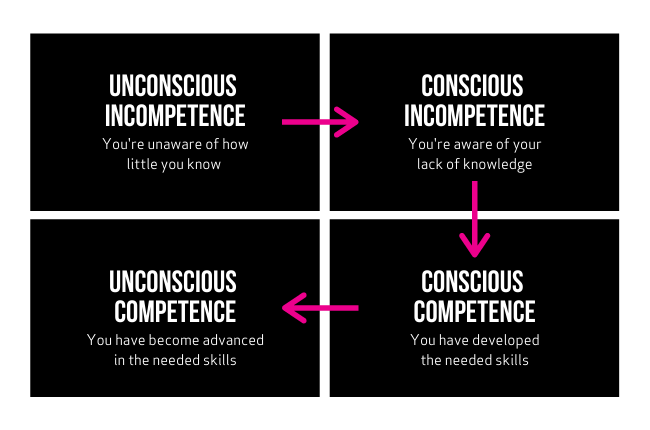Over the past two decades, the website has changed dramatically. Once a simple source of information, websites are now the digital shop window for businesses of all industries and users have come to expect a seamless experience that fulfils their expectations. This may sound obvious, but how many marketers truly believe that their website is fit for this purpose?
During our recent webinar, Is Your Website Fit For Purpose? we discussed what ‘purpose’ means, how to improve your customers’ digital experience, and what small changes marketers can make on their sites. Senior marketers from a range of B2B industries heard from TEAM LEWIS Executive Creative Director, Simon Billington, Richard Wright, SVP EMEA at Drift, and James Ski, Partnerships Manager at Drift. Here are a few key takeaways from our conversations.
Social media is killing the website
When thinking about the definition of ‘purpose’, Simon pointed out the importance of understanding the environmental context you are trying to build a website. For marketers, that can often mean social media.
Platforms specifically created to provide small, quick dopamine hits have left audiences seeking instant satisfaction. Just two years ago, the average person changed task every three minutes but today it sits at just 45 seconds. Audiences are sifting through information quicker than ever, and their attention spans are dwindling. By understanding this, marketers can create websites that hold attention for longer and break the 45-second cycle.
Websites need their own personalities
For many, a website is purely functional. It’s a means to an end. Simon explained that instead, we need to think about creating a journey to website happiness – a destination that pleases the user and surpasses expectations. To do that, we need to think about websites as a person who represents your business – not your entire industry. Sites should have a personality to truly differentiate. This can be achieved through language, levels of information, the design and how users interact with it and how it responds.
Be aware of where you are on your website journey
Before making any changes, marketers need to do one crucial thing – be aware of where they are on their website journey. Simon went on to explain the four stages of competence and how marketers should use this model to recognise their own skills and understanding.

Recognising which stage you fall into is the first step towards creating a website that is effective, impactful and fit for purpose. Some marketers may realise they are in fact unconsciously incompetent, having believed that they have been doing everything perfectly. Others may be consciously incompetent and fully aware that there is more work and learning to be done. This stage, Simon explained, is the most powerful as it drives action.
Focus on the experience
Simon recommends conducting a thorough analysis of all your audiences. By understanding exactly who is engaging with your site, you can begin to develop content and experiences that speak to those individuals. He pointed out how senior professionals don’t want to be patronised, they likely already know about the industry you operate within. In contrast, a more junior audience may require more information and guidance. Marketers need to be aware of both these needs and cater to them appropriately.
Through developing this understanding, marketers can work towards creating a good experience. Simon explained, “if you are trying to improve your website, you are trying to create a good experience.”
Create a journey that your users want, not what you want
As the ways we shop, research and communicate evolve, B2B decision-makers are increasingly expective to have a B2C experience. This means quick responses, seamless journeys and all-hours access. Richard explained that B2B marketers need to begin thinking about building and creating journeys that their customers want – not what they want. Instead of a traditional funnel and a contact form, B2B customers are looking for instant responses and options no matter the time of day.
Throughout the session, it became clear that to create a good experience a complete overhaul is often not needed. By focussing on small changes and incremental steps, marketers can develop a user experience that exceeds expectation and delivers results.
Find out more about creating digital experiences here, or watch the webinar here.



